In industrial production scenarios, the stable operation of screw air compressors is crucial to ensuring production capacity. However, the noise generated by the equipment during operation often becomes an “invisible problem” in workshop management—it may not only cause hearing damage to employees and trigger occupational health complaints, but also violate international occupational health standards such as the EU CE and US OSHA. It may even interfere with the normal operation of precision equipment and affect production accuracy. For enterprises pursuing efficient and compliant production, finding a scientific and feasible mute solution for screw air compressors is not only a rigid demand for improving the workshop environment, but also an important measure to enhance production competitiveness.
1. Core Sources of Noise in Screw Air Compressors
To solve the noise problem in a targeted manner, it is first necessary to clarify the root causes of noise. From the perspective of equipment operation principles, the noise of screw air compressors mainly comes from three links:
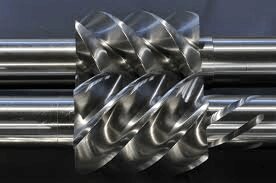
- Mechanical vibration noise: The vibration generated during the meshing of screw rotors and the operation of bearings will radiate outward through structures such as the machine body and pipelines, forming low-frequency noise. This type of noise has a long propagation distance and strong penetration, and is the main component of workshop environmental noise;
- Airflow disturbance noise: When compressed air flows in the intake, exhaust, and pipelines, turbulence is generated due to changes in flow rate and pressure fluctuations. Especially at valves, joints, and other parts, high-frequency airflow noise is easily formed, which is more stimulating to employees’ hearing;
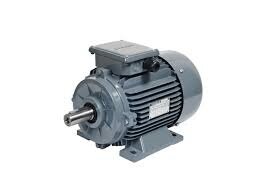
- Motor operation noise: The electromagnetic noise generated during the operation of asynchronous motors, combined with the noise from fan cooling, together form a medium-high frequency noise source, which has a particularly significant impact within 1-2 meters around the equipment.
2. Integrated Mute Solution for Workshops
In response to the above noise sources, we have launched a full-process mute solution of “source control + end treatment”, which takes into account the transformation of existing equipment and the selection of new equipment to help enterprises reduce noise efficiently:
(1) Selection of Low-Noise Equipment: Reduce Noise from the Source
Priority is given to recommending low-noise screw air compressor models with optimized design, and their core advantages are reflected in:
- Optimization of rotors and motors: High-precision screw rotors are used to reduce the top clearance and optimize the meshing curve, so that the mechanical vibration amplitude is reduced by 20%-25%; combined with ultra-quiet motors (noise ≤ 65dB at 1 meter), the motor shell is wrapped with sound insulation cotton, and the transmission of electromagnetic noise is reduced by more than 30%;
- Efficient intake silencing: The air intake is equipped with a multi-chamber resistive muffler, which can reduce the intake noise by up to 25dB through airflow guidance and sound wave cancellation, effectively suppressing airflow disturbance noise;
- Structural shock absorption design: Damping shock absorption components are built into the bottom of the machine body to reduce the transmission of vibration to the ground and lower the structural radiation noise.
(2) Acoustic Transformation of Existing Equipment: Low-Cost and Efficient Noise Reduction
For traditional screw air compressors that have been put into use, mute upgrades can be achieved through the following transformations:
- Custom sound insulation cover: A double-layer composite structure of “sound-absorbing cotton + damping layer + cold-rolled steel plate” is adopted (the inner layer has a sound absorption coefficient ≥ 0.9, and the outer layer has a steel plate thickness ≥ 1.5mm), and the overall noise reduction effect can reach more than 30dB; at the same time, heat dissipation air outlets and maintenance doors are reserved, and quiet heat dissipation fans are equipped to ensure that the heat dissipation efficiency of the equipment is not affected;
- Pipeline noise control: Flexible joints are used to connect the air compressor outlet to the main pipeline to avoid vibration transmission through rigid pipelines; the outer wall of the pipeline is wrapped with sound insulation cotton to reduce the pipeline radiation noise caused by airflow turbulence, which can be reduced by 10-15dB overall;
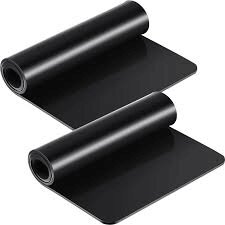
- Optimization of base shock absorption: Damping shock absorption pads (static compression ≥ 5mm) are added to the equipment base to cut off the transmission path of vibration to the plant structure and further weaken low-frequency noise.
(3) Acoustic Planning of Workshop Layout: Spatial Isolation for Noise Reduction
Combine the workshop production process and maximize the reduction of noise impact through reasonable layout:
- Independent machine room setting: Concentrate the air compressors in an independent machine room. The machine room walls are built with sound insulation materials (sound insulation ≥ 40dB), and the machine room doors are made of sound-insulating and fire-proof doors (sound insulation ≥ 35dB) to achieve physical isolation between the operation area and the noise source;
- Application of acoustic barriers: If an independent machine room cannot be set up, an arc-shaped acoustic barrier with a height of ≥ 2 meters is installed between the air compressor and the operation area. The sound wave reflection principle is used to weaken the noise transmission, so that the noise in the operation area is reduced by 12-18dB.
3. Practical Case: Implementation Effect of the Mute Solution
A European auto parts manufacturer was once troubled by the noise of screw air compressors—when 3 traditional air compressors in the workshop were running, the noise in the operation area reached 88dB, far exceeding the 85dB limit (8-hour exposure) specified by OSHA, and the employee complaint rate remained high. We customized a solution for it: replaced 1 low-noise screw air compressor (model: XX-75), installed sound insulation covers for the other 2 units, and optimized the pipeline layout and base shock absorption. After the transformation, the noise in the workshop operation area dropped to below 70dB, which met the OSHA standards, the employee complaint rate dropped to zero, and the equipment operation energy consumption was reduced by 8%, achieving the dual benefits of “mute + energy saving”.
4. Core Value of Choosing a Professional Mute Solution
A scientific mute solution for screw air compressors can bring multi-dimensional value to enterprises:
- Compliance guarantee: Meet international standards such as EU EN 12001 and US OSHA 29 CFR 1910.95, and avoid compliance risks caused by excessive noise;
- Employee health: Improve the working environment, reduce the risk of hearing damage, and enhance employee satisfaction and production efficiency;
- Production accuracy: Reduce the interference of noise on precision equipment, improve product processing accuracy, and reduce the defect rate;
- Cost optimization: Reduce energy loss and lower long-term operation and maintenance costs through equipment optimization and pipeline transformation.
If your workshop is troubled by the noise of screw air compressors, please feel free to contact our technical team! Minnuo will provide free workshop noise detection services and customize an exclusive mute solution according to your equipment model, workshop layout and compliance requirements. Click the “Consult Solution” button below now to obtain detailed technical materials and quotations!

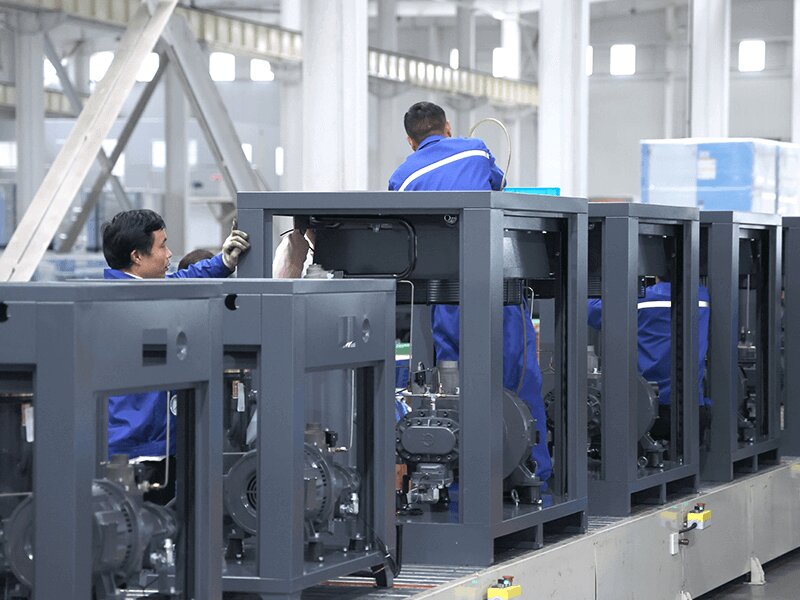
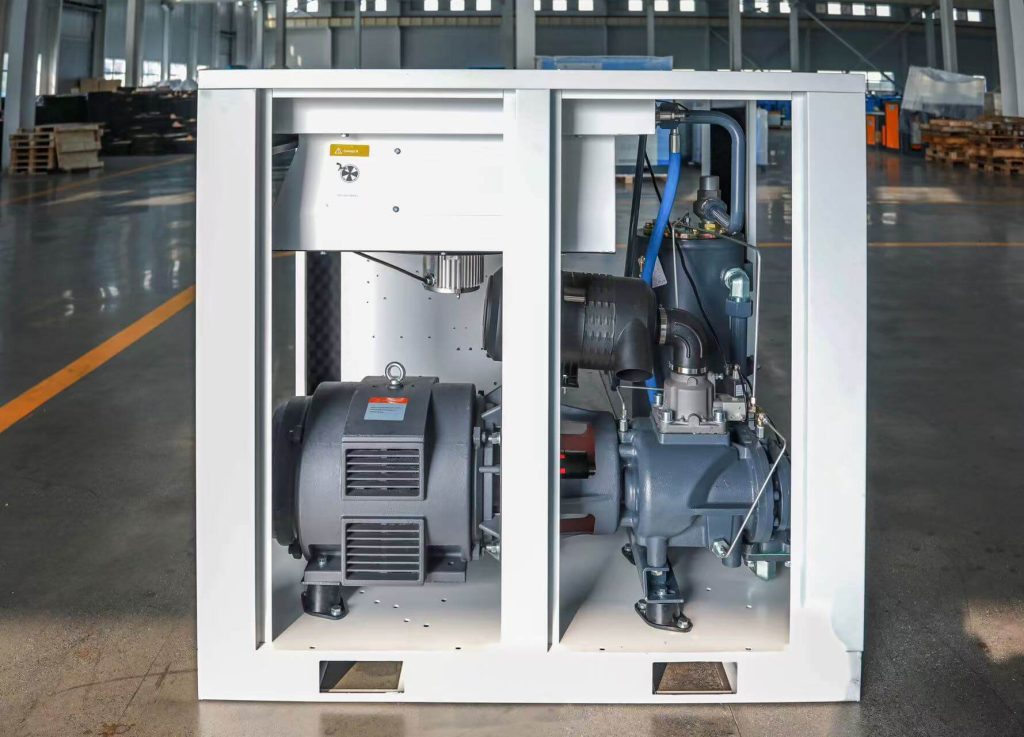
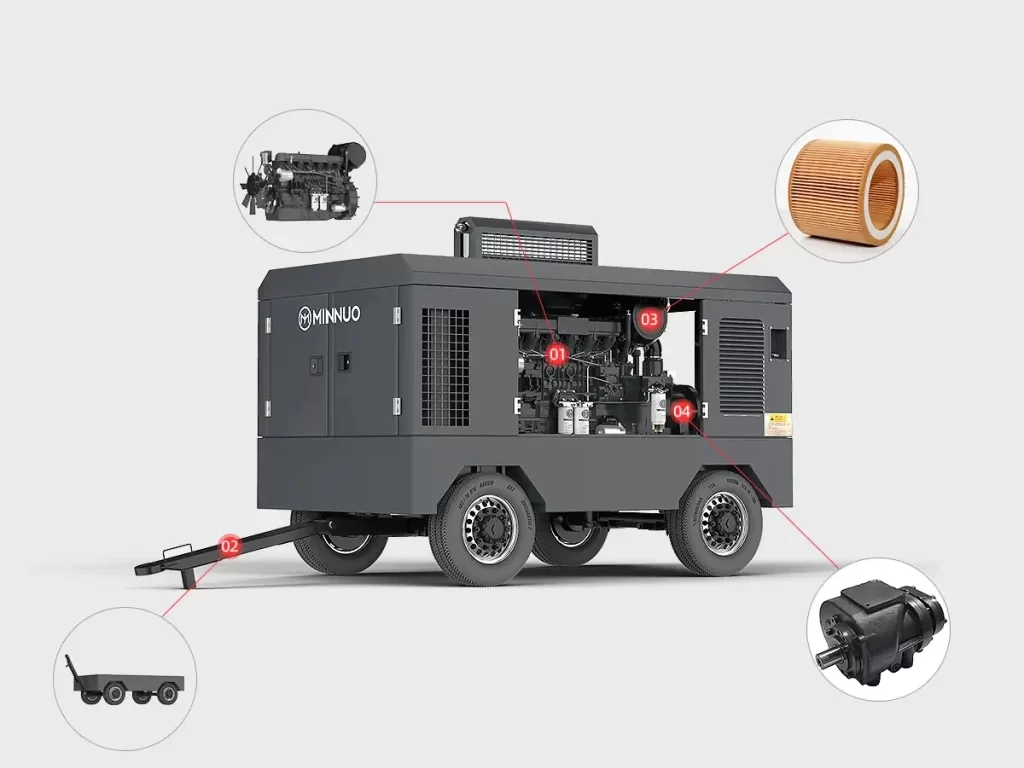
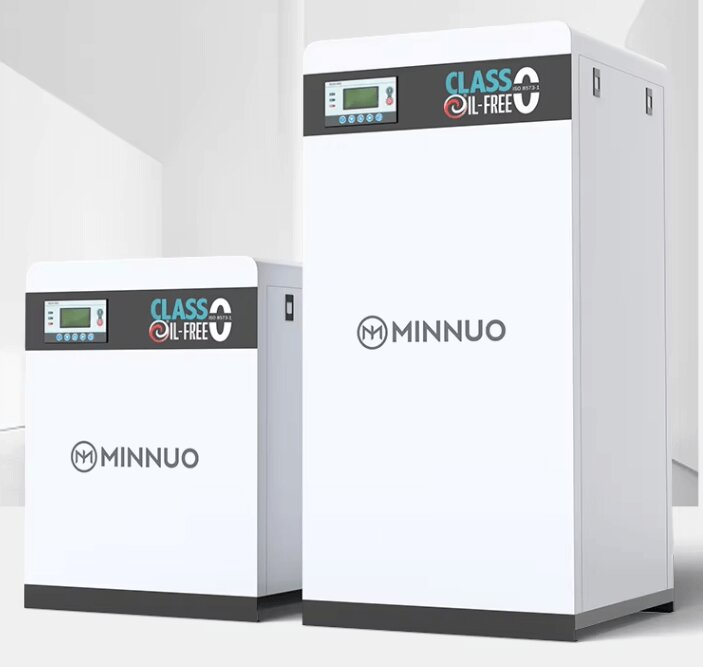

 Email
Email sales:+86 15366749631
sales:+86 15366749631

